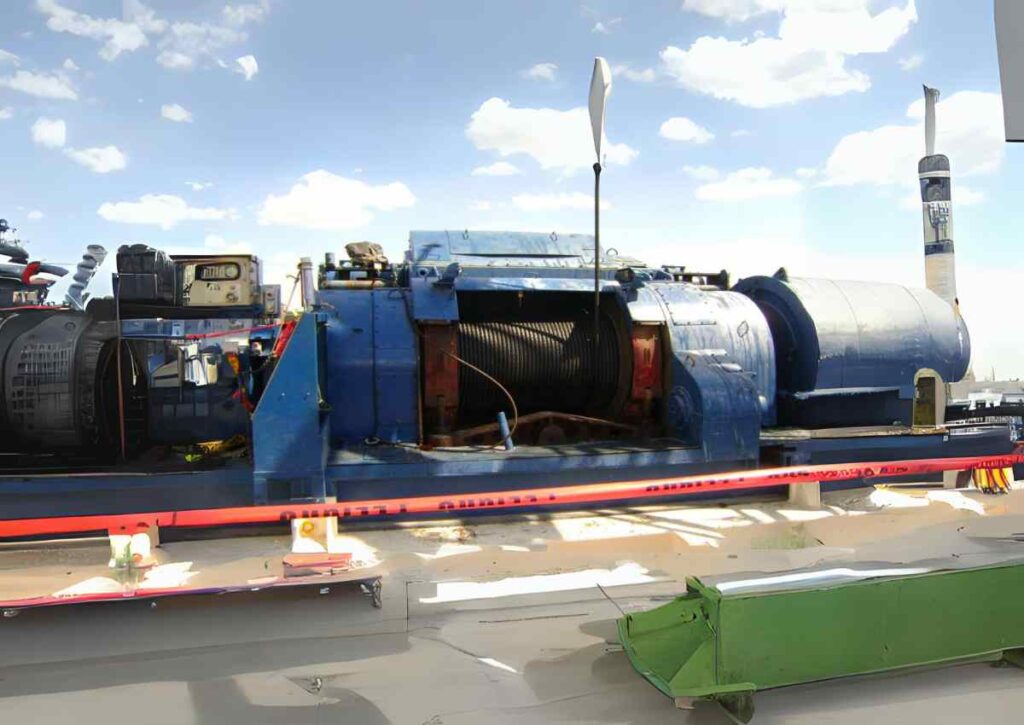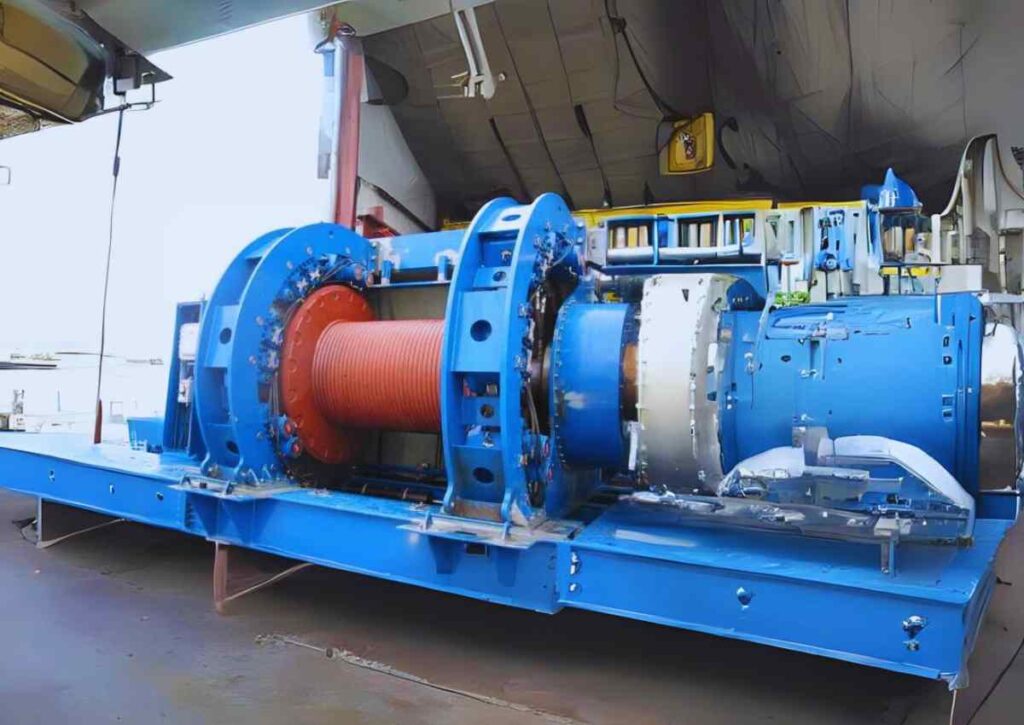In the fast-paced world of industrial operations, efficiency is the name of the game.
Whether it’s manufacturing, construction, or energy exploration, maximising productivity while maintaining precision is crucial for success.
Amidst the array of tools and equipment utilised in various industries, drill lines stand out as versatile assets that significantly streamline drilling tasks.
In this comprehensive guide, we’ll explore the ins and outs of drill lines, their applications across different sectors, the materials used in their construction, and their varying sizes.
Understanding Drill Lines: A Fundamental Overview
At its core, a drill line is a systematic arrangement of drills or drilling equipment designed to optimise drilling operations.
The concept is simple yet powerful: by setting up multiple drills in a sequential order, operators can minimise downtime between drilling tasks, thus maximising efficiency and throughput.
This organised approach not only saves time but also reduces labour costs and minimises the potential for errors associated with manual repositioning of equipment.
Applications Across Industries

Metalworking Precision
In the realm of metal fabrication, precision is paramount. CNC drill lines, equipped with advanced features like automatic tool changers and laser alignment systems, ensure unparalleled accuracy and repeatability.
These systems play a crucial role in tasks such as drilling holes for fasteners or cutting intricate patterns, maintaining tight tolerances, and ensuring the quality of the final product.
Construction Expediency
Construction projects thrive on efficiency, and drill lines play a pivotal role in expediting various tasks.
From anchor bolt drilling to concrete coring, specialized drill line equipment tailored to construction applications accelerates the building process without compromising quality or safety.
The result is timely project completion, satisfied clients, and a competitive edge in the industry.
Energy Exploration
In the energy sector, drill lines are indispensable tools for accessing subterranean reserves.
Advanced drilling rigs equipped with sophisticated drill line systems penetrate deep into the earth’s crust with precision, enabling the extraction of valuable resources such as oil, gas, or geothermal energy.
These systems facilitate exploration and extraction in even the most challenging environments.
What’s in a Drill Line: Materials and Components
The construction of drill lines involves the use of durable materials capable of withstanding the rigors of drilling operations. Common materials include:
- Steel is often used for the structural components of drill lines due to its strength and durability.
- Tungsten carbide is used for drill bits due to its exceptional hardness and resistance to wear.
- Aluminum: Employed in certain components to reduce weight while maintaining structural integrity.
- Plastics: Used for non-structural parts to reduce friction and minimize wear on moving components.
Key components of a drill line

- Drill Bits: The cutting tools that penetrate the material being drilled.
- Drill Chuck: The mechanism that holds and secures the drill bit in place.
- Power Source: Typically an electric motor or hydraulic system that provides the energy to drive the drilling operation.
- Control System: For automated drill lines, a control system coordinates the movement and operation of the drills.
Size Matters: Variations in Drill Line Dimensions
Drill lines come in a variety of sizes and configurations to accommodate different applications and workspaces. Factors influencing the size of a drill line include:
- Workspace Constraints: The available space in the operating environment dictates the overall dimensions of the drill line.
- Drilling Capacity: Larger drill lines are capable of handling larger drill bits and drilling through thicker materials.
- Production Volume: High-volume operations may require larger drill lines with multiple drilling stations to meet demand.
Maintenance and Operator Training: Ensuring Optimal Performance

The effectiveness of a drill line depends not only on the quality of its components but also on proper maintenance and operator training.
Regular inspection, lubrication, and calibration are essential to ensure optimal performance and prolong the lifespan of drill line components.
Additionally, comprehensive operator training minimises the risk of accidents and costly downtime, empowering teams to operate drill lines safely and efficiently.
Conclusion: Maximising Efficiency with Drill Lines
In conclusion, drill lines are invaluable assets in the arsenal of modern industrial operations.
Whether in metalworking, construction, or energy exploration, these systems streamline drilling tasks, enhance precision, and ultimately contribute to increased productivity and profitability.
By understanding the principles behind drill lines, selecting the appropriate materials and configurations, and investing in maintenance and training, industries can harness the full potential of these versatile tools to stay ahead in today’s competitive landscape.
Frequently Asked Questions
What is a drilling line used for?
A drilling line is used to streamline drilling operations by arranging multiple drills or drilling equipment in a systematic manner.
This setup minimizes downtime between drilling tasks, maximizing efficiency and throughput in various industries such as manufacturing, construction, and energy exploration.
What does “line” mean in drill lines?
In the context of drill lines, “line” refers to the organized arrangement of drills or drilling equipment in a sequential order.
This setup resembles a production line, where each drill performs a specific drilling task in a coordinated fashion, optimizing efficiency and productivity.
How do you maintain a drill line for optimal performance?
Maintaining a drill line for optimal performance involves regular inspection, lubrication, and calibration of its components.
It’s essential to follow manufacturer guidelines for maintenance intervals and procedures to ensure smooth operation and prolong the lifespan of the equipment.
What training is required to operate a drill line safely and efficiently?
Operating a drill line safely and efficiently requires comprehensive training on equipment operation, safety protocols, and troubleshooting procedures.
Operators should undergo training specific to the type of drill line they’ll be using to minimize the risk of accidents and maximize productivity.









